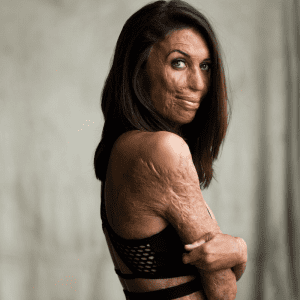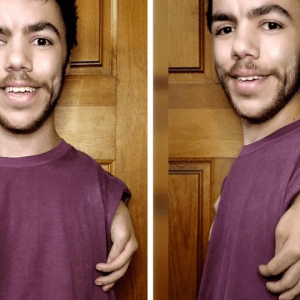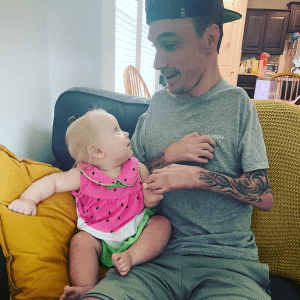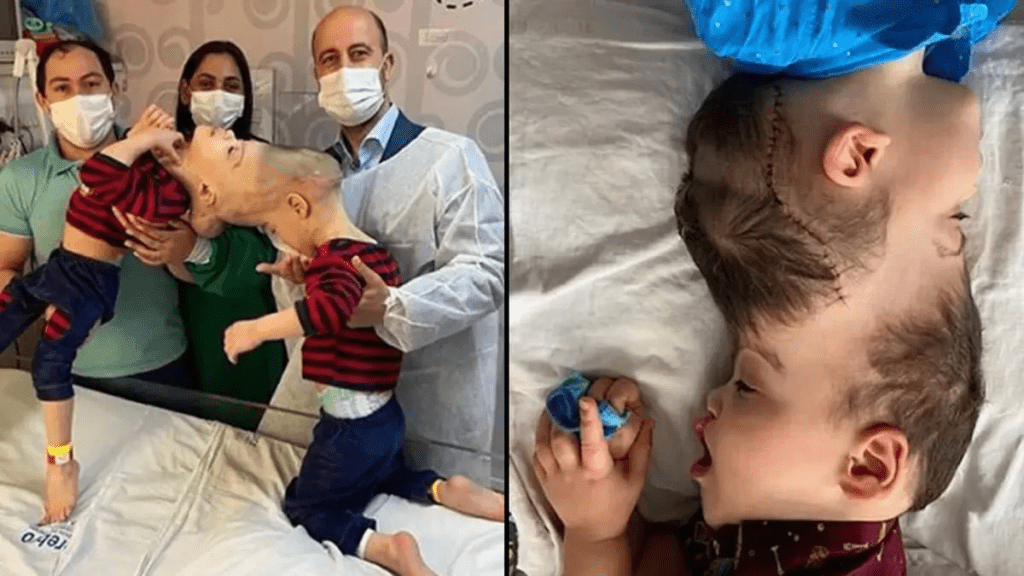
Picture spending every single day of your early life sharing not just a room but your very skull with your sibling. That was the reality for Arthur and Bernardo Lima, two young brothers from Brazil. Their first three and a half years were a mix of hospital walls, constant medical care, and the unshakable hope that one day they could live independently. What once seemed like a dream is now their reality—these boys are finally standing side by side, free to explore life apart.
Video: Conjoined twins separated with the help of virtual reality – BBC News
Living as One: The Early Years
Arthur and Bernardo were born conjoined at the skull, a condition so rare it challenges even the most advanced medical teams. For more than three years, their daily routine was a delicate balance of medical supervision and the warmth of a family determined to give them a sense of normalcy. While other toddlers learned to walk and run freely, these brothers shared every move and every heartbeat, their futures intertwined in ways most of us can hardly imagine.
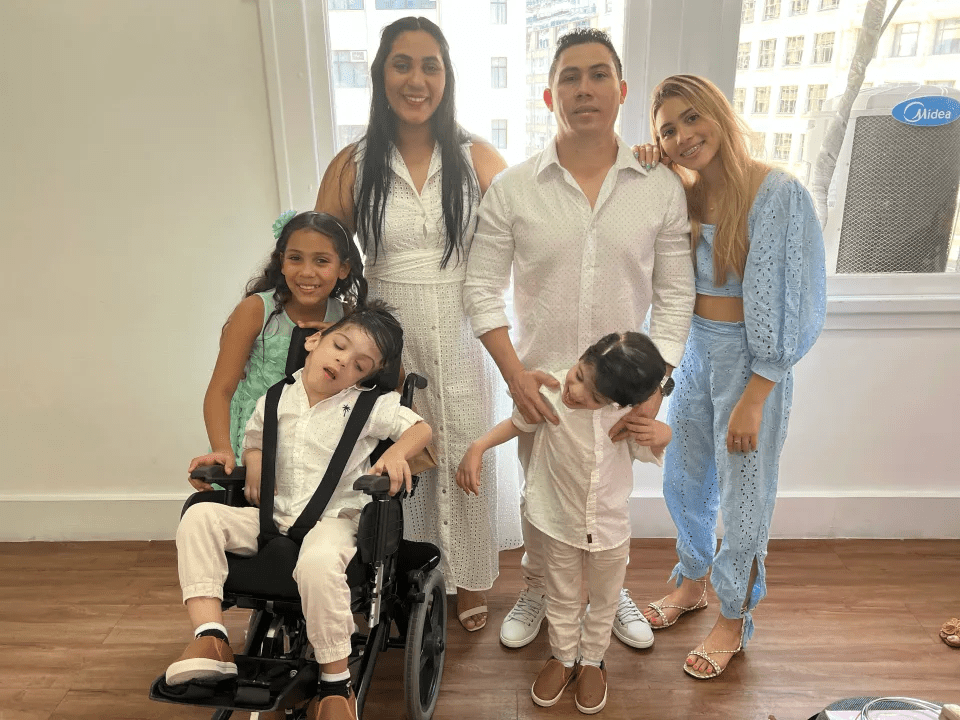
A Medical Challenge Like No Other
Separating twins joined at the skull is among the most complex procedures in medicine. The risks are immense—shared blood vessels, delicate brain tissues, and the need for absolute precision. Doctors described Arthur and Bernardo’s surgery as the most challenging of its kind. But a brilliant team of surgeons and specialists in Brazil and the United Kingdom were determined to rewrite the boys’ future.
Video: Conjoined Twins Separated After 27 Hours Of Surgery
The Power of Virtual Reality
One of the most remarkable aspects of this operation was the use of cutting-edge virtual reality technology. Before making a single incision, the surgical team created a detailed 3D model of the twins’ shared anatomy. Using this virtual environment, they rehearsed each step of the surgery, mapping out every movement with extraordinary accuracy. It was like practicing a complex dance until every turn and twist felt second nature. This preparation meant that when the time came, every action was carefully planned, reducing risk and improving the chances of success.
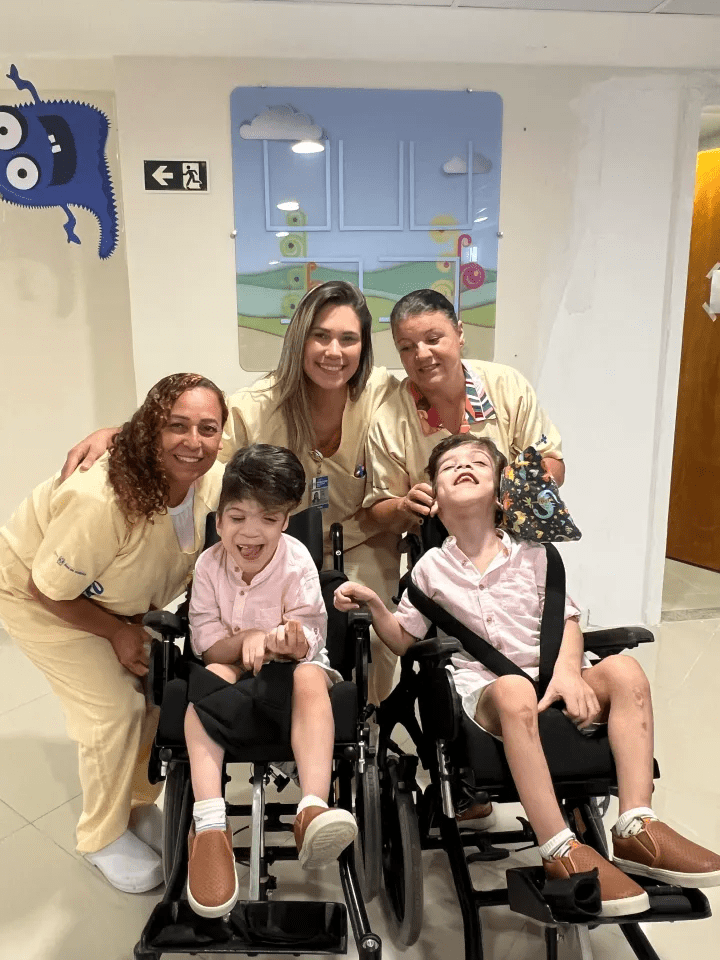
The Operation and the Moment of Separation
The surgeries unfolded in multiple stages, each demanding patience and precision. Finally, the long-awaited moment arrived: Arthur and Bernardo were separated. For the first time in their young lives, they could look at each other face to face—not through mirrors or reflections, but directly, as brothers standing apart. It was a moment that brought tears to the eyes of their family and the medical team who had worked tirelessly for years to make it possible.
Video: Conjoined Twins With Fused Brains Separated After 27 Hours Of Surgery
A Mother’s Relief and a New Beginning
The twins’ mother expressed profound gratitude and relief, knowing that the road ahead is still full of challenges but also full of hope. Recovery will take time—physical therapy, ongoing medical checkups, and gradual adjustments to life apart are all part of their next chapter. Yet the most difficult hurdle has been overcome. The boys can now grow as individuals, each free to follow his own path.

The Broader Impact on Modern Medicine
This remarkable case isn’t just a personal triumph for one family; it’s a powerful testament to the leaps modern medicine has made. The successful use of virtual reality in such a delicate and complex surgery sets a new standard for how technology can guide and improve medical outcomes. It proves that innovation can turn what once seemed impossible into reality.
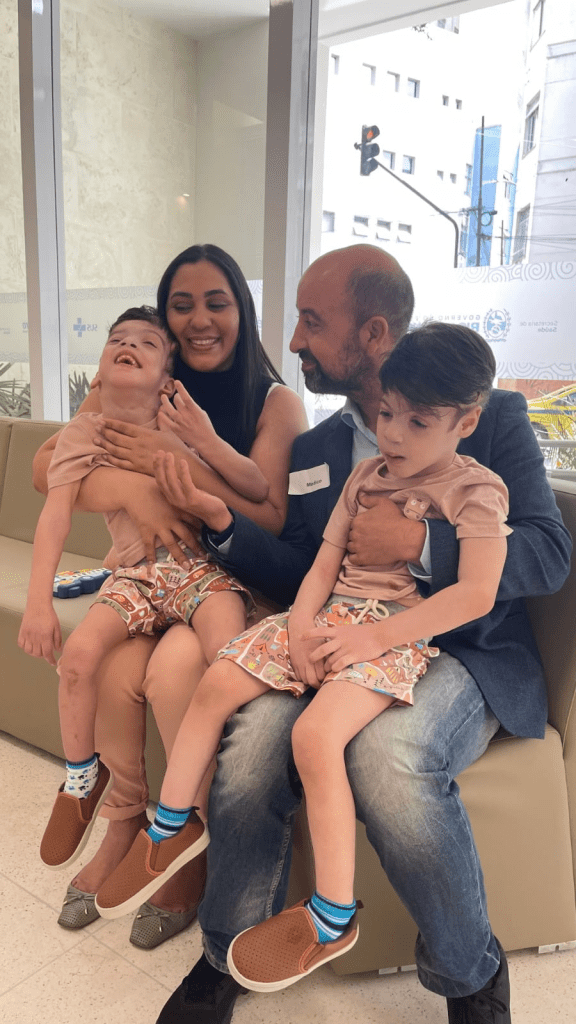
Arthur and Bernardo’s story is more than a medical milestone—it’s a symbol of human resilience, love, and the breathtaking potential of technology. From years of living as one to finally being able to stand side by side, these young brothers embody the triumph of hope and science working hand in hand. Their journey reminds us that with determination, compassion, and innovation, even the most extraordinary challenges can be overcome.
